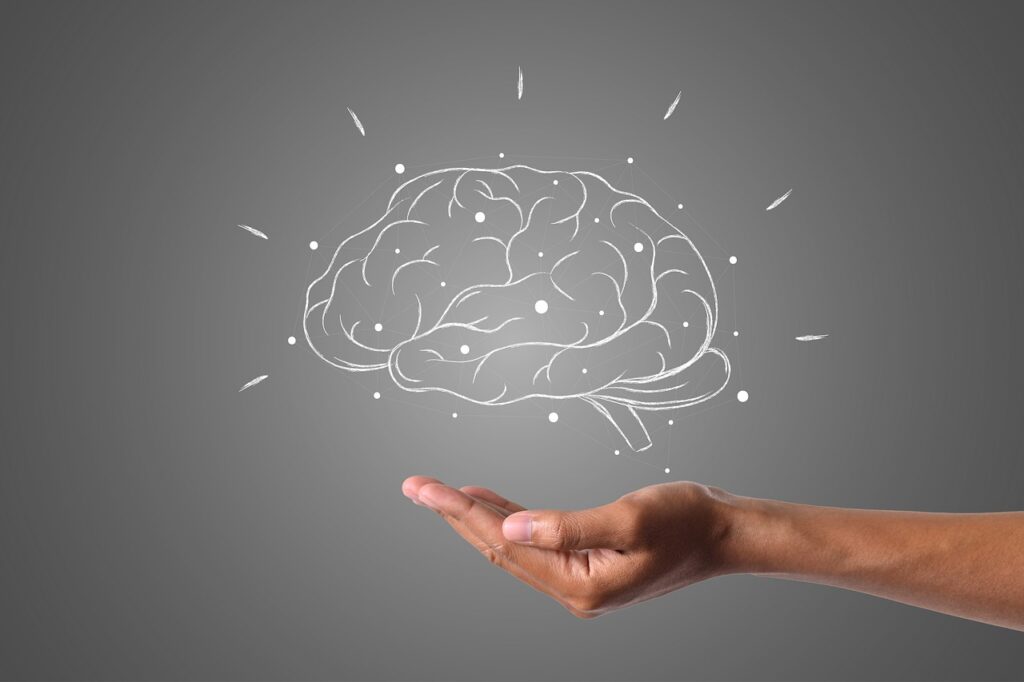

Student Physiotherapist
16 October 2024
1230
The Student Series: Episode #4
How the brain heals: Neuroplasticity
Welcome back to the fourth instalment of this seven-part blog series, written by a student during their placement with Dorset Neuro Rehab. Throughout the series, we explore different aspects of neurological rehabilitation and the challenges faced by individuals with neurological conditions. In this post, we’ll delve into neuroplasticity, the brain’s ability to heal and adapt, and how it plays a vital role in recovery. Stay tuned for more insights in the upcoming episodes!

- Rehabilitation after injury: Following an injury, neuroplasticity plays a crucial role in regaining lost function. By engaging in specific exercises and activities, the brain can learn new ways to control the affected area, leading to improved strength, coordination, and balance. Engaging in rehabilitation and physical activity is also important because it stimulates the release of brain-derived neurotrophic factor (BDNF), a protein that supports neuroplasticity³.
- Chronic pain management: Processing in the brain can be disrupted by chronic pain. Through neuroplasticity, we can help the brain reduce pain by relearning how to process these pain signals¹.
- Improving mobility: By challenging the brain with new movement patterns, we can improve mobility, balance, coordination, and stability.
- Learn new skills: Challenging your brain with new activities, such as learning a musical instrument or a new language, can promote neuroplasticity.
- Get enough sleep: Sleep is essential for brain health and plays a crucial role in consolidating memories and promoting neuroplasticity⁴.
- Manage stress: Chronic stress can hinder neuroplasticity. Managing stress is important to ensure you get the most out of your rehabilitation².
Neuroplasticity is a powerful tool for recovery, learning, and adaptation. By understanding this process and incorporating strategies to stimulate it, you can unlock your brain’s full potential. If you’re looking to improve your physical function, recover from an injury, or enhance your overall well-being, consider consulting a physiotherapist to harness the power of neuroplasticity.
¹ Bosnar Puretić, M., & Demarin, V. (2012). Neuroplasticity mechanisms in the pathophysiology of chronic pain. Acta Clinica Croatica, 51(3), 425-429.
² Fumagalli, F., Molteni, R., Racagni, G., & Riva, M. A. (2007). Stress during development: Impact on neuroplasticity and relevance to psychopathology. Progress in Neurobiology, 81(4), 197-217.
³ Gómez-Pinilla, F., Ying, Z., Roy, R. R., Molteni, R., & Edgerton, V. R. (2002). Voluntary exercise induces a BDNF-mediated mechanism that promotes neuroplasticity. Journal of Neurophysiology, 88(5), 2187-2195.
⁴ Pickersgill, J. W., Turco, C. V., Ramdeo, K., Rehsi, R. S., Foglia, S. D., & Nelson, A. J. (2022). The combined influences of exercise, diet and sleep on neuroplasticity. Frontiers in Psychology, 13, 831819.
In this fourth instalment of the series, we explore the fascinating concept of neuroplasticity and how it supports recovery in neurological rehabilitation. Discover how the brain reorganises itself to heal and adapt, and learn about the role physiotherapy plays in maximising this process. Stay tuned for more insights and experiences from the placement, with more exciting topics on the way!

